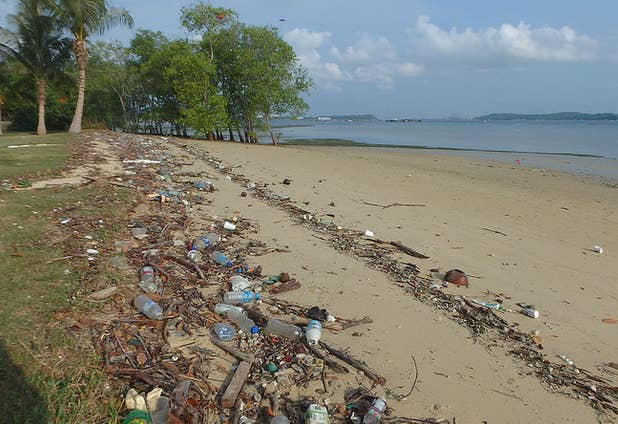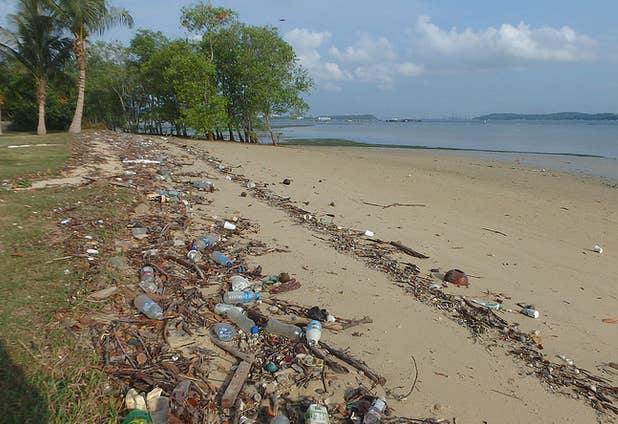
A new study has found that seabirds are more likely to have pieces of plastic in their guts than expected. Previous estimates had speculated that 29% of seabirds were contaminated with debris, but the new study, published in the journal Proceedings of the National Academy of Sciences, puts that number closer to 90%, the Guardian reports. Birds all over the world are prey to eating plastic, the most susceptible being those species in the southern hemisphere near New Zealand and Australia. The study also found that albatross and shearwaters are more prone to eating plastic.
Often times, birds eat plastic because they mistake it for fish eggs and this problem is only going to get worse. As our population increases, so, too, does our trash production. By 2050, an estimated 99% of seabirds will have plastic in their bellies, the study predicts. If these statistics concern you (and they should), the best thing to do is start a regular trash clean up at your local beach. Or just stop buying things that are plastic—if that’s even possible.

